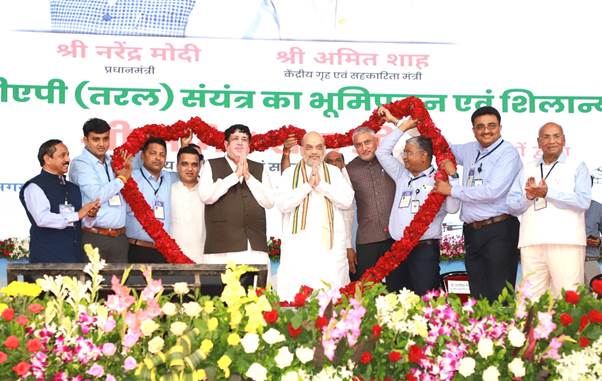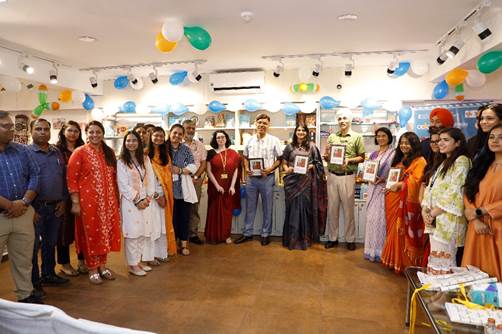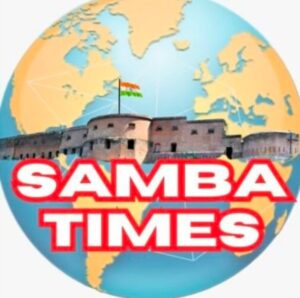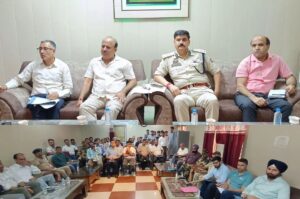Punjab, Goa assemblies get a younger profile
New Delhi, Mar 11 (PTI) After the elections, the state assemblies of Goa and Punjab have acquired a younger profile and a greater representation for women.
The number of women MLAs in Punjab have more than doubled to 13 from six in the outgoing assembly.
The Goa assembly has three women legislators, against two in the previous House, according to an analysis done by PRS Legislative.
The proportion of MLAs aged 55 years or below in the Punjab assembly has increased to 65.8 per cent in 2022 from 57.2 per cent in 2017.
Of the 117 elected MLAs in Punjab, 68 – 58.2 per cent – have at least a Bachelor’s degree, which is slightly lower than the 59.8 per cent in 2017.
There are more youngsters in Goa assembly with 10 per cent MLAs in the age group of 25-40 years, a sharp increase from 2.5 per cent legislators in the age group in the outgoing assembly.
The Punjab assembly has representation of five political parties – AAP, Congress, Akali Dal, BJP, BSP – and one Independent legislator.
The Goa assembly has representation of six political parties – BJP, Congress, Maharashtrawadi Gomantak Party, AAP, Goa Forward Party, Revolutionary Goans, and three Independent legislators.
The AAP won a landslide victory in Punjab, winning 92 seats, decimating the Congress which was hoping to return to power after replacing chief minister Amarinder Singh, five months ahead of elections.
Several stalwarts bit the dust in Punjab with nonagenarian former chief minister Parkash Singh Badal facing defeat from his traditional Lambi seat. Chief Minister Charanjit Singh Channi lost from both the seats – Chamkaur Sahib and Bhadaur, while Amarinder Singh lost his traditional Patiala seat.
Punjab Congress president Navjyot Singh Sidhu lost from his stronghold Amritsar East. The stalwarts of many a political battle faced defeat at the hands of greenhorns fielded by AAP.
The BJP was set to form the government for the third consecutive term in Goa by winning 20 seats in the 40-member assembly, dusting off the challenge posed by the Congress in a multi-cornered contest.

INDIANNAVYPARTICIPATESINBILATERALNAVALMARITIMEPARTNERSHIPEXERCISEWITHUAENAVYQ0L1.jpeg)





